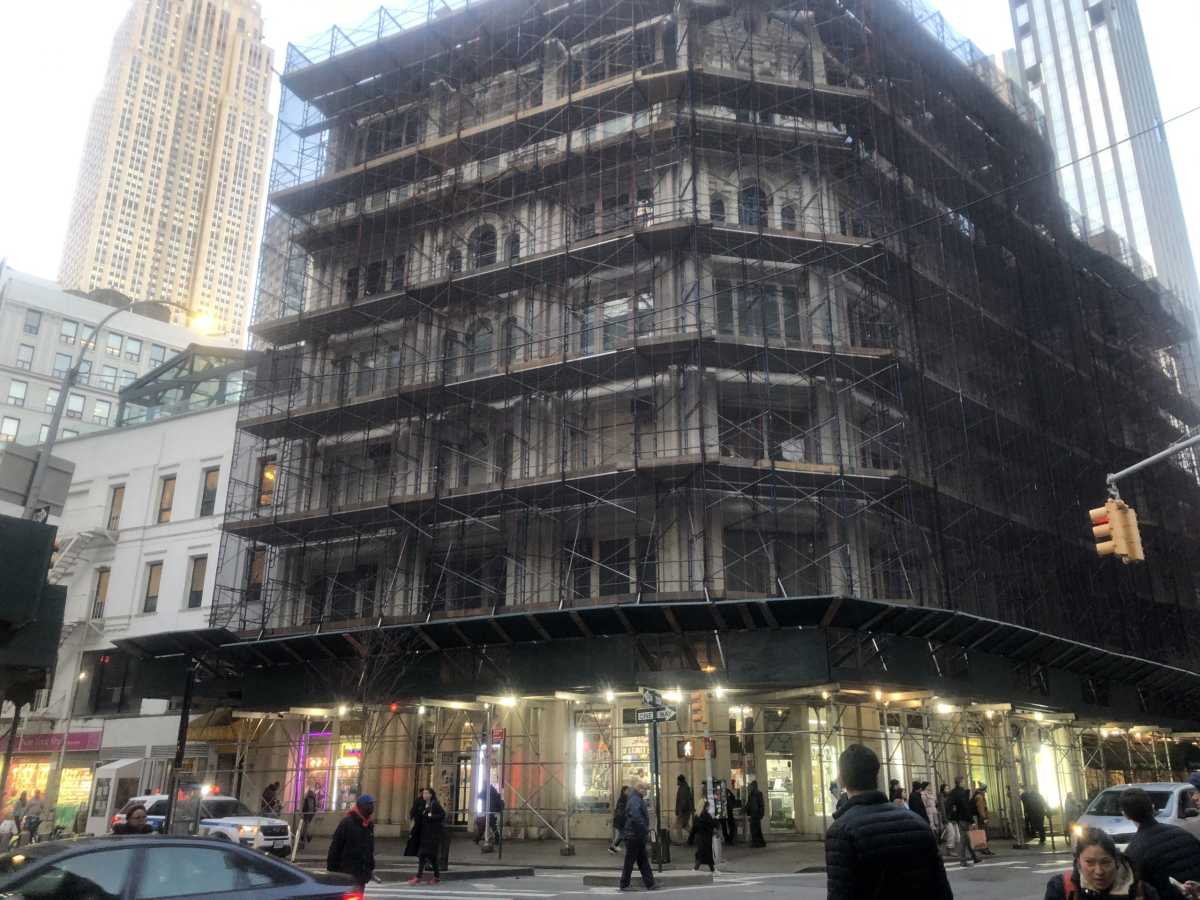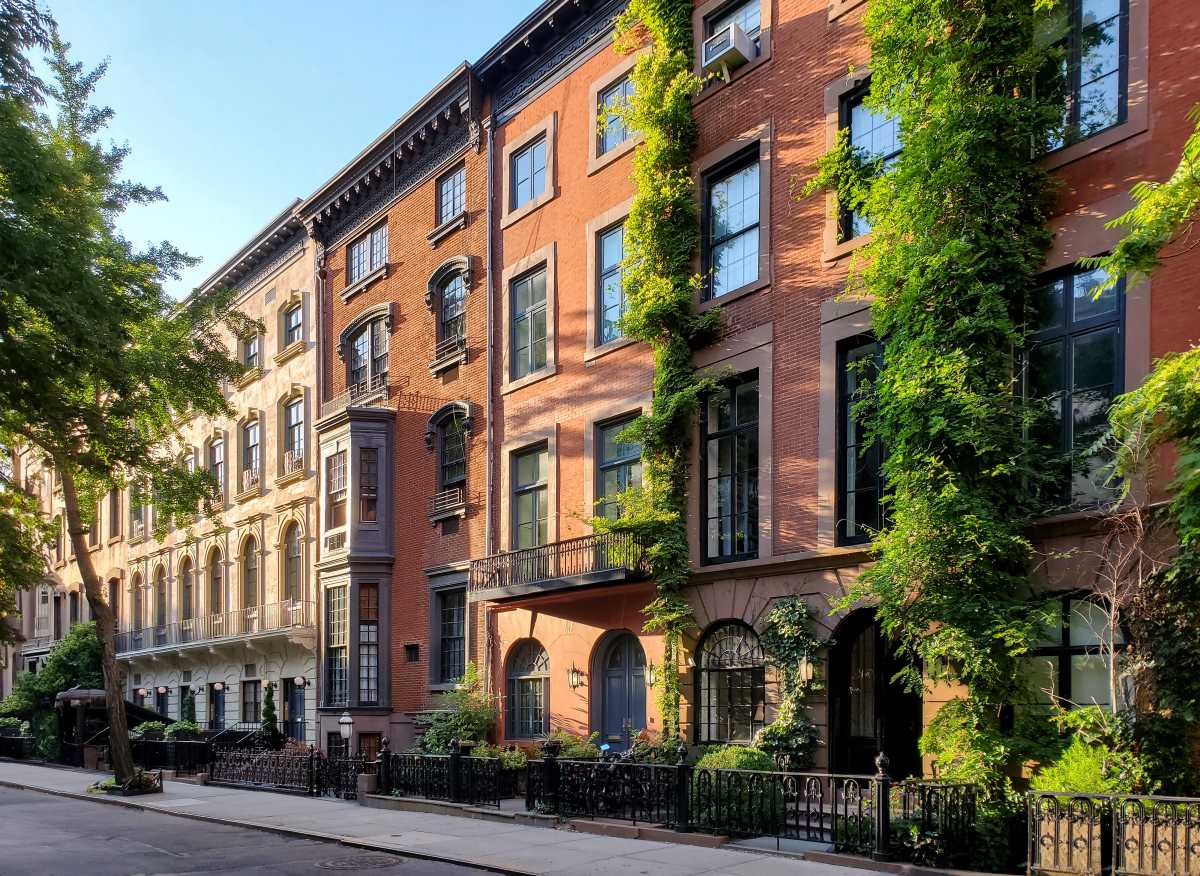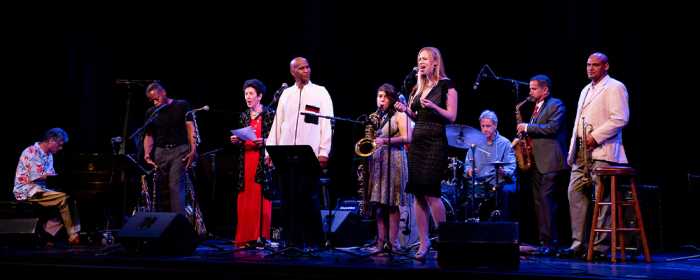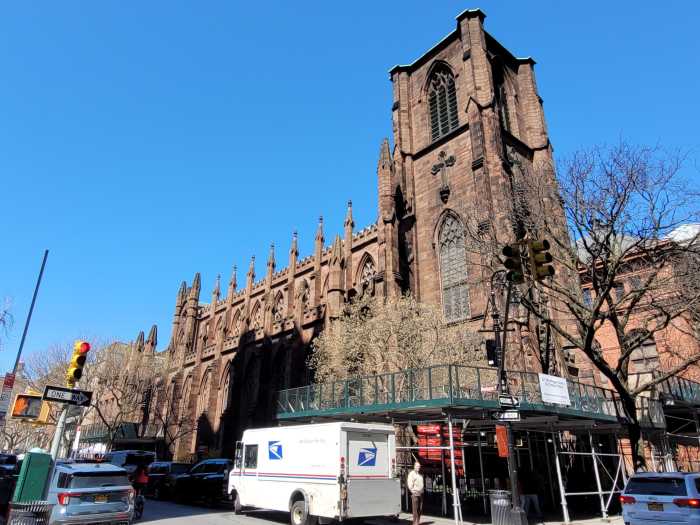By Chriss Williams
The developers of a future high-rise office building located at 7 West 29th Street failed to receive approval from Community Board 5’s Land Use, Housing, and Zoning Committee to purchase 30,507 square feet in unused development rights from Gilsey House, a landmarked former hotel at the corner of 29th Street and Broadway, for $5 million.
The resolution called to amend Gilsey’s 1977 land use variance to accommodate the sale and transfer of its development rights—also known as air rights—to commercial developers HFZ Capital Group.
Gilsey House was designed by 19-century architect Stephen Decatur Hatch and operated as a hotel from 1872-1911. The building then fell into disrepair over the years while the site was used for commercial purposes until 1977, when it was granted a zoning use variance by the New York City Board of Standards and Appeals for residential use. The variance did not assess the development rights. Building residents at the meeting said they hoped that air-rights transfer would relieve the substantial financial pressure associated with an impending $4.2 million restoration and repair project.
But despite resident support, the resolution failed 9-3 with board members concerned that cashing in on-air rights is just a short-term solution to a long-term problem.
“This is a dangerous road,” said committee chairperson Layla Law-Gisiko encouraging Gilsey House residents to explore other options.
CB5 has a history of denying such applications to protect the integrity of community zoning regulations that may alter the character of a neighborhood. In 2015, CB5 disapproved a joint application submitted by HFZ, Marble Collegiate Church and Gilsey House that proposed HFZ’s construction of a 64-story residential tower under special zoning section, 74-711. This granted both landmarks a built-in maintenance program funded by the developers in exchange for its air rights. CB5 approved of the maintenance program but objected to the type and size of development project proposed and the resolution failed.
It was approved later by the Landmarks Preservation Committee but withdrawn shortly after, for unclear reasons. The new commercial building project does not use 74-711. Plans have yet to be shared with CB5 as to the total height of the project, as developers are still in negotiations with other lots, including Masjid Ar Rahman, a mosque on 29th street according to Paul Selver of the law firm Kramer Levin. Selver represents HFZ, Gilsey House and Marble Church, whose air rights have been secured by HFZ. The acquisition of Gilsey House’s air rights will bring the new building to 41 floors.
“What we are proposing is to give Gilsey House the right to be treated exactly like the other lots,” Selver told the committee. “They were able to sell their development rights without receiving the city’s permission.”
The developers advanced Gilsey House $1.5 million of their proposed $5 million payment, while they await the needed official approvals from the LPC and New York City Board, according to a spokesperson for HFZ.
If approved, residents of Gilsey House plan to allocate 80 to 85 percent from the sale towards repairs and restoration and use the remainder to defray building maintenance costs. Sammy Mackie, a resident of Gilsey House for over a decade and current member of its board, told CB5 that maintaining the building’s landmark status while keeping the building affordable for its residents, many of whom are retired and on a fixed income has “created a significant financial burden.”
According to the committee, the maintenance of the building cannot be considered when granting this type of variance amendment. Using “Belle Vista Apt Co v. Bennet,” a 1997 case as precedent, the committee explored the technical aspects of the resolution and resolved that the evening’s application did not rise to the same standards, compromising the integrity of the neighborhood zoning laws.
“We want to do the right thing and support our neighbors, ” said Law-Gisiko. “On the other hand, we are faced with swallowing a development that is so non-contextual and saying you only want to add one or two stories it’s like saying which cigarette gave you cancer.”































